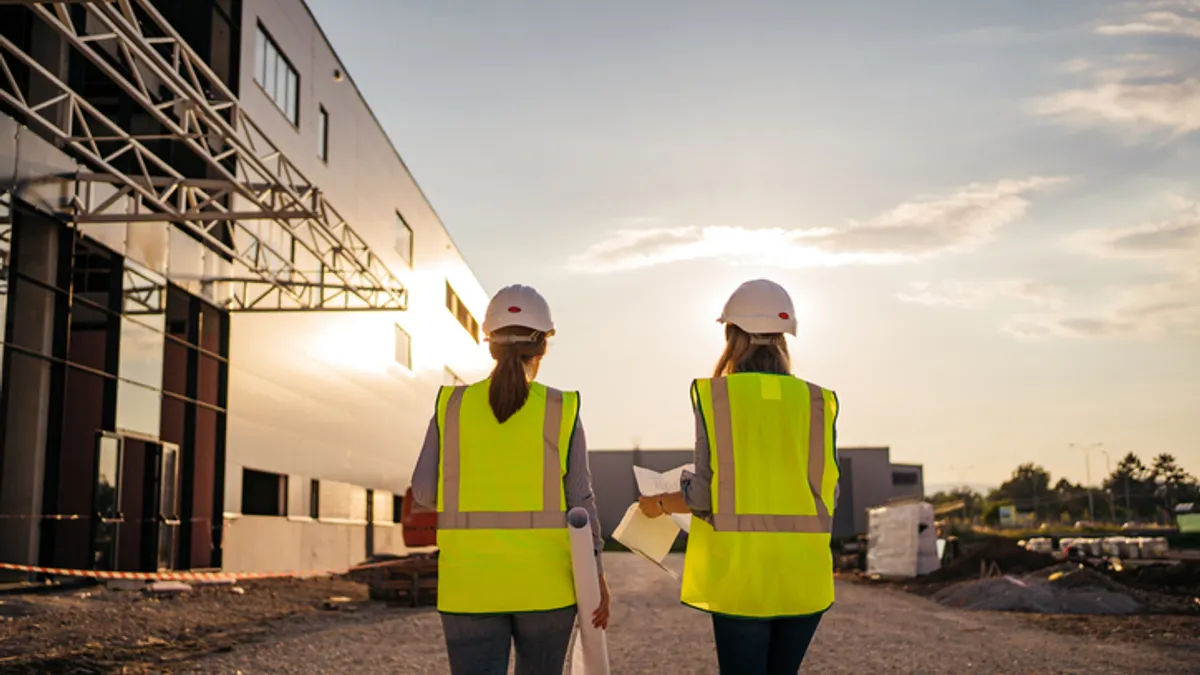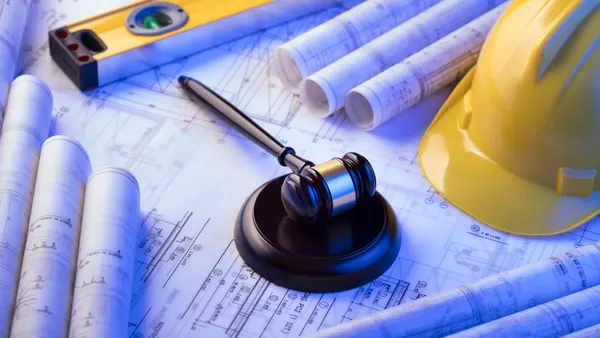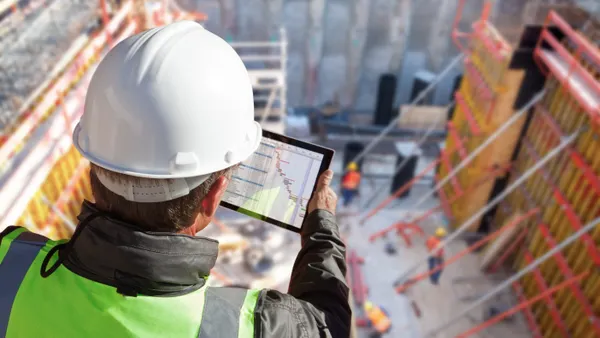Though the vision of neighborhoods powered entirely by electricity is compelling, the transition to all-electric homes will happen nowhere as fast as the shift from incandescent to LED lighting.
Significant hurdles remain, notes Bob Becker, Chief Operating Officer of Electrical at Leviton.
For starters, he says, renewable or even conventional energy sources do not generate enough electricity to satisfy required demand. Additionally, the national grid must be modernized and expanded to deliver electricity whenever and wherever it’s needed. Homes must be upgraded to meet the electrical demands of heat pumps, electric appliances and electric vehicles. Doing so will require financial support for homeowners to cover the initial investment of upgrading their homes and a deep construction workforce trained on all-electric systems.
Still, growing market demand and ongoing technological innovation are among the factors helping to tilt the scales toward electrified homes.
Homeowner expectations are evolving
Consumers are increasingly concerned about their impact on the environment. According to the Pew Research Center, 67% of U.S. adults prioritize the development of alternative energy sources over increasing production of fossil fuel sources. Zooming in, homeowners — particularly younger generations — value energy efficiency, sustainability and the conveniences of Internet of Things (IoT) devices. “Electrification attracts buyers willing to pay a premium for all-electric or electrification-ready homes with solar-ready roofs, prewired EV charging and smart home integrations,” Becker says.
That’s in part because they can anticipate lower costs over time. A 2022 report by the nonpartisan nonprofit RMI noted that a new, all-electric, single-family home costs less to operate than a comparable mixed-fuel home over a 15-year period and produces lower lifetime greenhouse gas emissions.
Home builders are taking notice. Becker points to a 2024 report from the National Association of Home Builders and Dodge Construction Network that found a surge in green building products and practices used in residential construction. Nearly one-quarter (22%) of surveyed home builders said that more than half of their new builds are all-electric, and 50% are sizing electrical panels to accommodate EV chargers on more than half of their new construction projects.
Futureproofing can be profitable
RMI also found that all-electric homes can cost less to construct than mixed-fuel homes. General contractors have fewer trades and utility connections to coordinate and less equipment to install. For example, a heat pump alone can provide home heating and cooling as well as water heating.
Smart homes can be faster to wire and close out. Longstanding manufacturers moving into the all-electric space are releasing innovative products that install similarly to plug-and-play components and save on contractors’ most valuable commodity: time.
From a regulatory standpoint, Becker says building codes are trending towards greater energy efficiency and reduced carbon emissions, making electrification a key compliance pathway.
“Proactive adoption avoids costly retrofits and positions builders for government incentives,” he explains.
The federal government offers tax credits for builders constructing or renovating energy-efficient homes. State and local incentives, such as those offered by TECH Clean California, also encourage the adoption of efficient building systems and appliances. “At least 20 states are considering or have enacted policies related to residential building electrification,” Becker says.
Builders are looking for competitive advantages
To differentiate their business, builders can train their personnel in installing and servicing smart technologies. The National Association of Realtors reports that 40% of MLS listings now include green data fields highlighting sustainable features. To Becker, this demonstrates a growing industry trend of clients looking for innovative and efficient homes. “Builders who actively showcase electrification and other green features can stand out from those who don't,” he says.
Likewise, transitioning to all-electric construction can bolster a builder’s efforts to recruit and retain skilled electricians and a digital-native workforce.
For their part, manufacturers must develop new technologies and solutions that are more affordable, more efficient and easier to install, Becker notes, including advanced load centers, smart devices, innovative wiring systems and EV chargers. “Crucially, these innovations must also provide opportunities for contractors and builders to enhance their profitability,” he says.
Seize the opportunity
Proactive home builders and general contractors can prepare for a growing all-electric residential market today. “Rather than blindly rushing into the future, we can work collaboratively to strategically address these challenges and unlock the full potential of electrification,” Becker says. He recommends the following steps:
-
Invest in training and education. Ensure electricians and other tradespeople learn about the latest electrical codes, safety standards and best practices for installing electrified systems. Focus on electrical load calculations, EV charger installation and smart home systems that enable energy efficiency.
-
Develop relationships with electricians. Partner with licensed and experienced electricians who have expertise in electrification technologies.
-
Evaluate your portfolio’s current electrical infrastructure. Assess the capacity and condition of the electrical systems in your existing homes and identify opportunities for upgrades.
-
Explore new product and technology solutions. Stay informed about the latest innovations in electrification, such as advanced load centers, smart devices and energy monitoring and control systems.
-
Communicate clearly with clients. Explain the benefits and challenges of electrification to potential homebuyers so they can make informed decisions about their energy choices.
To learn how Leviton can support your shift to all-electric homes, visit Leviton.com.










